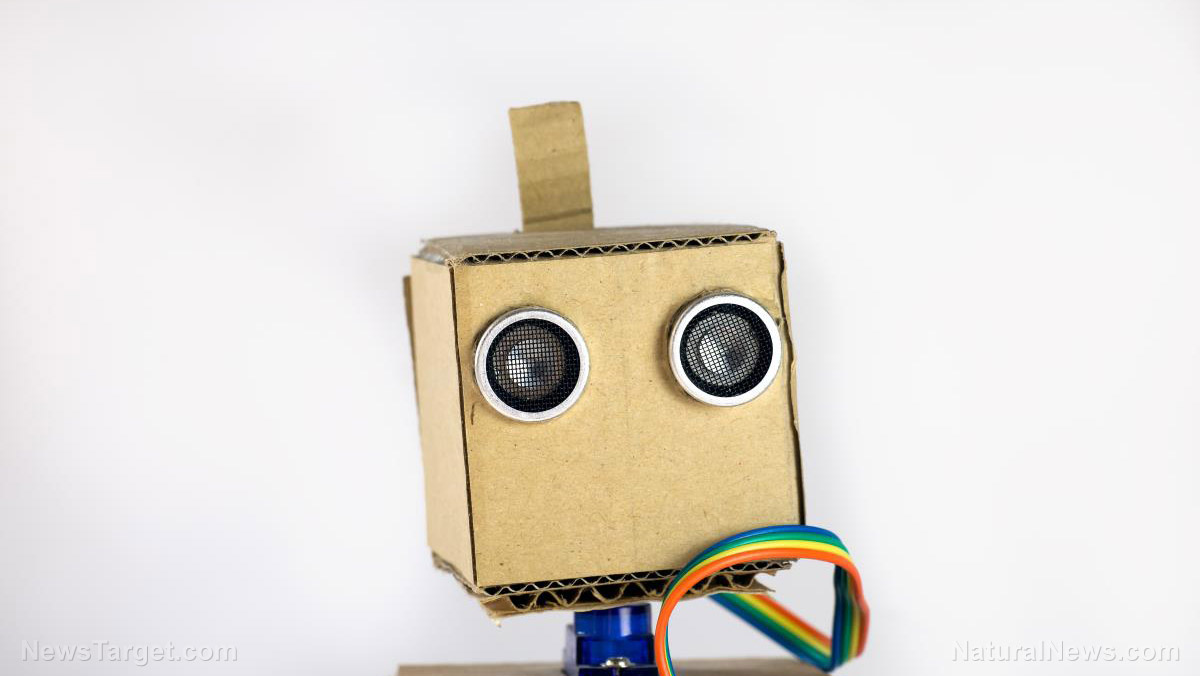Singaporean scientists develop a robot that can assemble an IKEA chair in under 20 minutes
05/21/2018 / By Edsel Cook

Many people loathe the mere idea of putting together IKEA furniture, much less actually going through the lengthy assembling process. So Singaporean researchers designed a robot that could take over the task of assembling cheap flat-packed furniture from Sweden, an article in Reuters stated.
The Nanyang Technological University (NTU) research team took three years to write the complicated programming for their jumble of robotic arms, grippers, force sensors, and 3D cameras. Their robot took about 20 minutes to construct an IKEA dining chair, which is slower than a (patient) human.
The researchers believed robots will soon be able to browse instruction manuals, listen to verbal directions, or even just glance at an image of the complete furniture before building the item.
The ability of robots to assemble IKEA furniture is an unofficial but popular way to stay aware of just how capable these machine are. It’s easy for humans figure out how to put the parts of a bookcase together, but robots find it difficult to make the intuitive jump. (Related: Robot with advanced cyber-hand put to work harvesting cauliflower for the EU.)
Singaporean robot can assemble IKEA furniture with minimal assistance, guidance
The NTU robot is not the first machine to assemble IKEA furniture. MIT has built its own IkeaBot, and the same Singaporean team built an earlier iteration of their robot in 2015.
However, the new robot can handle more complicated designs than IkeaBot. It also has more autonomous capability than its predecessor.
In the earlier experiments, the furniture parts featured reflective markers to help the robot keep track of them. The markers had to be attached before assembly could begin. Furthermore, not every part can be tagged.
The new IKEA assembly robot doesn’t need markers. The 3D cameras mounted on its two robotic arms can identify individual components and keep track of each part.
Its IkeaBot competitor also featured custom-made grippers, while the NTU robot made do with off-the-shelf equipment. It did have force sensors that kept its grippers from applying too much pressure that could damage fragile parts.
Robots will go from “how to do it” to “what to do” within a decade
Quang-Cuong Pham, one of the NTU researchers who programmed the IKEA furniture-building robot, said that they have taught their robot “how to do it.” He predicted that future machines will be able to think about “what to do” within the next decade.
Pham added that their process could be more efficient. Their robot is not fully autonomous, as they had to program the assembly instructions and three-dimensional images of the chair’s parts into it.
So while the NTU robot could plan every action by itself, it didn’t know the precise order by which it needed to put the furniture together. Pham and his teammates are planning to bring in artificial intelligence (AI) advisers to give it true machine learning.
IKEA doesn’t seem to mind that a robot has finished what many frustrated humans give up on. In an interview, the company’s global business area manager of kitchen and dining Cindy Andersen praised the robot for contributing to IKEA’s vision of “creating a better everyday life for many people.”
The city-state of Singapore has turned to automation and robotics as a way to control cheap but troublesome foreign labor. Local businesses are being encouraged to use robots.
A number of Singaporean hotels and restaurants have already exchanged human servitors for robot waiters that bring food orders to guests and gather up dirty plates and used cutlery.
Find out all the myriad ways these increasingly smart robots are encroaching on our lives at Robots.news.
Sources include:
Tagged Under: artificial intelligence, assembly robot, automation, future science, IKEA, IKEA assembly robot, IKEA furniture, IkeaBot, machine learning, NTU robot, robot economy, robot jobs, robot labor, robot tech, robot workers, robotic arm, robotics, robots, Singapore, workforce automation




















